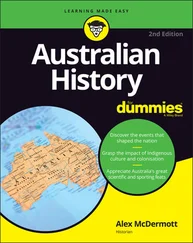Atmosphere: The atmosphere is a layer of gas that surrounds the entire planet. It serves the important role of protecting everything on Earth from being destroyed by the heat and radiation from the sun and makes life possible on Earth. Within the atmosphere, gases interact with water, forming weather systems that circulate air and clouds around the globe.
Hydrosphere: The hydrosphere includes all the water on Earth. The hydrologic cycle is the rotation of water through the hydrosphere: flowing as liquid (streams and rivers), evaporating into the atmosphere as gas (clouds), and falling to the surface as rain or snow.
Cryosphere: The cryosphere is composed of all the solid water, or ice, found on Earth’s surface. While closely tied to the hydrologic system, the cryosphere can be examined separately because of how massive amounts of surface ice affect the weather and climate systems.
Biosphere: All the organic materials on Earth — both living and dead organisms — are part of the biosphere.
Geosphere: The solid, rocky layers of the Earth, from the outermost crust to the very center, compose the planet’s geosphere. Within the geosphere, scientists have further divided the layers of rock material, which I describe in the next section of this chapter.
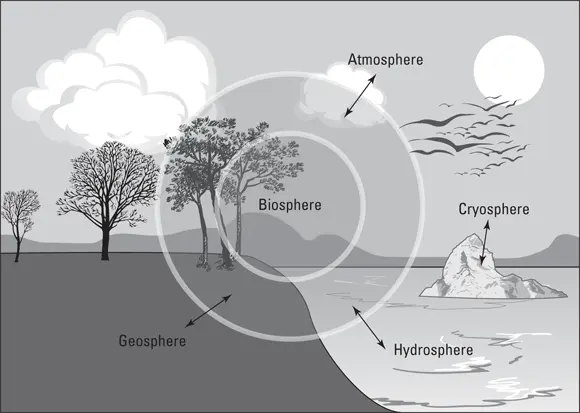
FIGURE 4-1:The five major spheres of Earth’s planetary system.
The earth’s spheres are connected to one another through a series of interactions. For example, rainfall from the hydrosphere causes movement of surface materials in the geosphere (a process called erosion, which I describe in Part 4). Rainfall also provides water for plants to grow in the biosphere. The interactions among spheres can be studied as subsystems of the earth. An example of a subsystem is the climate system, which is influenced by the interaction of atmosphere, biosphere, hydrosphere, and even geosphere.
 Every system needs energy to fuel its processes. Systems on Earth’s surface are fueled by heat energy from the sun, whereas other systems (particularly those in the geosphere) are fueled by heat energy that originates deep within the earth.
Every system needs energy to fuel its processes. Systems on Earth’s surface are fueled by heat energy from the sun, whereas other systems (particularly those in the geosphere) are fueled by heat energy that originates deep within the earth.
Because Earth is one giant system, geologists study not only the rock materials on Earth but also how rocks in the geosphere interact with all the other spheres.
Examining Earth’s Geosphere
Many geologists study portions of the earth that can be seen. However, some of the most fascinating and still unanswered questions about the earth have to do with what is going on inside — beneath the rocks we can see and touch at the surface.
Humans do not yet have technology advanced enough to dig more than about 12 kilometers (about 7.5 miles) into the earth’s crust. So how do scientists know anything about the inside of the earth? They combine their observations of rocks on the surface with knowledge gained from laboratory experiments of temperature and pressure on different materials. Doing so gives them a pretty solid basis on which to make inferences about what occurs in places that can’t be directly observed.
One way scientists separate the layers of Earth’s geosphere is by physical properties, or whether the layers are liquid or solid.
Because geologists cannot see inside the earth, they make observations about Earth’s internal properties by proxy: by interpreting information from earthquake waves that can be used to make inferences about the physical properties of Earth’s interior.
 When earthquakes occur, they send out waves. Two types of seismic waves, called S waves and P waves, are used by scientists to learn about the interior of the earth . These seismic waves are recorded by instruments called seismometers, which are buried underground all over the planet. When an earthquake occurs, the seismometer sends a signal from underground to a machine in a lab (a seismograph ) that records the earthquake wave movements on a printout called a seismogram. Scientists watch the seismographs as they print the seismograms to see when the P waves and S waves arrive. Here’s why:
When earthquakes occur, they send out waves. Two types of seismic waves, called S waves and P waves, are used by scientists to learn about the interior of the earth . These seismic waves are recorded by instruments called seismometers, which are buried underground all over the planet. When an earthquake occurs, the seismometer sends a signal from underground to a machine in a lab (a seismograph ) that records the earthquake wave movements on a printout called a seismogram. Scientists watch the seismographs as they print the seismograms to see when the P waves and S waves arrive. Here’s why:
P waves travel quickly through solid materials and slow down, slightly changing direction, as they move through liquid materials. By recording where each P wave starts and how long it takes to reach the other side of the planet, scientists have recognized that it must move through regions of solid and liquid materials within the earth.
S waves travel through solid materials but cannot travel through liquid at all. When scientists record the path that S waves take through the earth, they find that some S waves never reach the other side — they simply disappear, suggesting that they have hit a section of liquid material.
Figure 4-2 illustrates how the earthquake waves would travel if the interior of the earth was made of one continuous, solid type of material. And Figure 4-3 illustrates how P waves and S waves actually travel through Earth, illustrating the different physical properties of its interior.
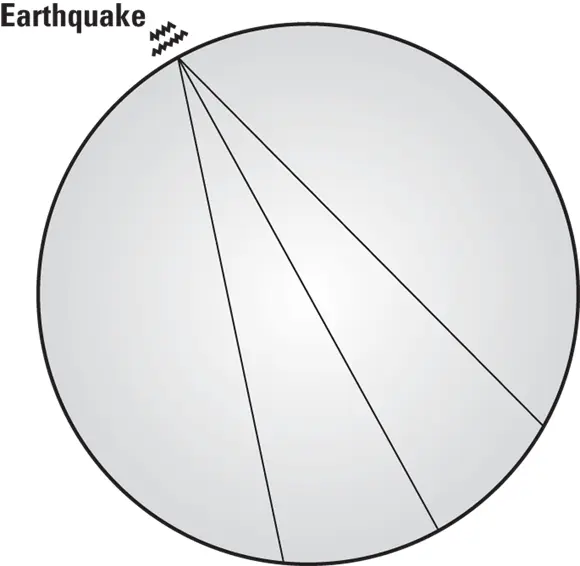
FIGURE 4-2:The path of wave travel if Earth’s interior were a continuous solid.
The areas on the other side of the globe where P waves or S waves do not appear because they either disappear or are refracted (change direction) are called shadow zones. For more details about P waves, S waves, and shadow zones and why geologists study them, be sure to read Chapter 10.
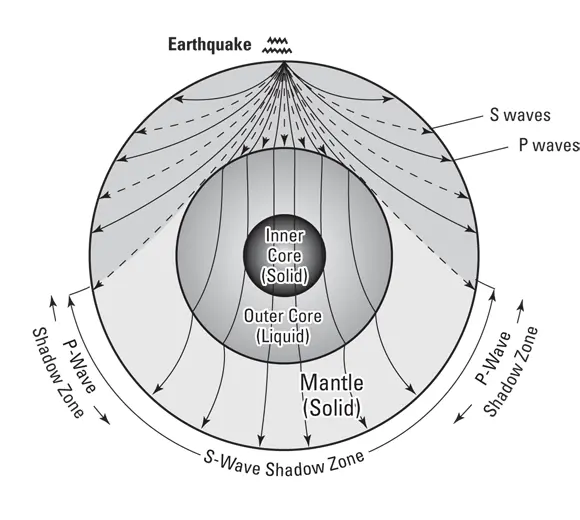
FIGURE 4-3:The recorded path of P waves and S waves.
Another way scientists categorize the layers of Earth’s geosphere is by their composition, or the types of elements and minerals (explained in Chapter 5) that are found in each layer. The different layers of the earth, their estimated depth, and their physical properties are illustrated in Figure 4-4.
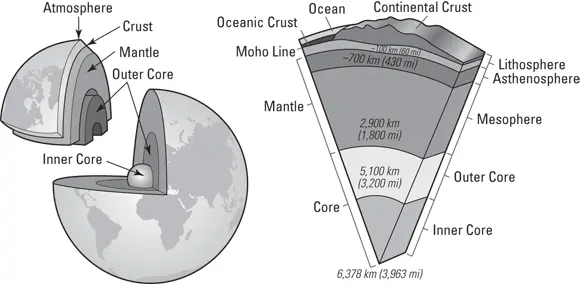
FIGURE 4-4:The layers of the earth.
Heavy metal: The earth’s core
At the center of the earth is its core. Scientists have not been able to sample it directly, but based on their laboratory experiments and interpretations, they believe the core is composed of massive, heavy metal elements such as nickel and iron. The core itself has two layers:
Inner core: The inner core at the very center of the earth is probably solid and starts at approximately 5,150 kilometers (about 3,200 miles) from the earth’s surface.
Outer core: Surrounding the inner core is a liquid layer of heavy metals called the outer core. The study of seismic waves and shadow zones allows scientists to determine that the outer core begins at approximately 2,890 kilometers (1,795 miles) into the earth.
Читать дальше
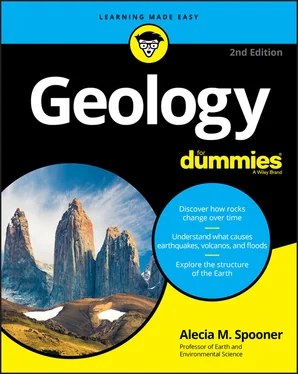

 Every system needs energy to fuel its processes. Systems on Earth’s surface are fueled by heat energy from the sun, whereas other systems (particularly those in the geosphere) are fueled by heat energy that originates deep within the earth.
Every system needs energy to fuel its processes. Systems on Earth’s surface are fueled by heat energy from the sun, whereas other systems (particularly those in the geosphere) are fueled by heat energy that originates deep within the earth.






